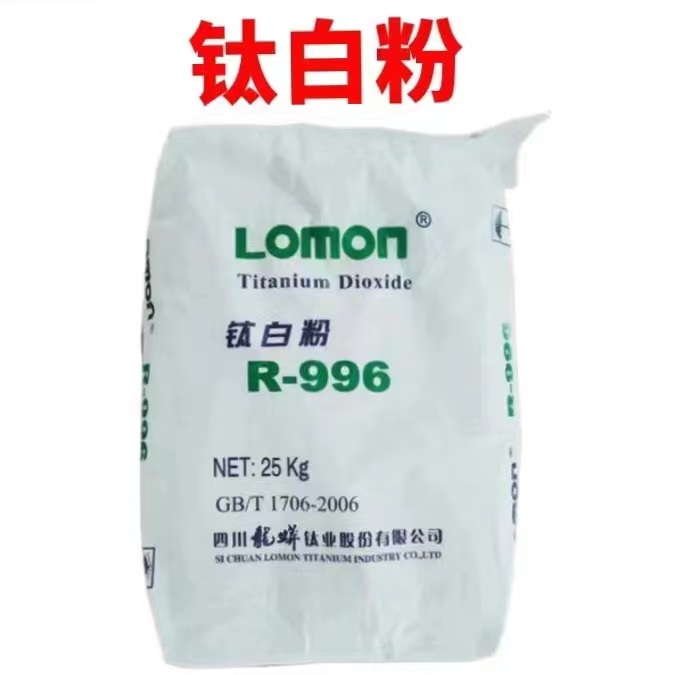
Oct . 07, 2024 08:39 Back to list
lithopone is a mixture of
Lithopone A Unique Mixture in the World of Pigments
Lithopone, a compound largely used in the pigment industry, is a fascinating blend that comprises barium sulfate (BaSO4) and zinc sulfide (ZnS). It is primarily utilized for its white pigment properties, providing opacity, brightness, and durability that are highly sought after in various applications like paints, plastics, and other coatings. Its creation is not merely a chemical reaction but a testament to the ingenuity of blending materials to achieve superior qualities in pigment production.
Historical Background
The development of lithopone can be traced back to the late 19th century. In the era when white lead was the predominant white pigment, researchers sought alternatives that would not pose health hazards associated with lead compounds. It was discovered that a combination of barium sulfate and zinc sulfide could deliver an effective opacifying agent while mitigating toxicity concerns. By the 1920s, lithopone gained immense popularity, especially in the paint industry, where it provided brighter whites and excellent coverage.
Composition and Properties
Lithopone typically consists of about 70% barium sulfate and 30% zinc sulfide. The exact proportions may vary based on the desired properties of the pigment. The material showcases exceptional hiding power, meaning it effectively conceals underlying colors or imperfections on surfaces. This quality is particularly important in the paint industry, as it allows for better coverage with less product, translating to economic advantages for manufacturers.
The notable brightness of lithopone results from its high reflectivity, making it ideal for applications where a vivid white finish is essential. In addition to its aesthetic properties, lithopone exhibits remarkable stability in various mediums, resisting degradation over time and under varying environmental conditions. It also possesses good resistance to acids and alkalis, making it suitable for use in industrial settings.
Applications
lithopone is a mixture of

Lithopone is primarily used in the production of paints and coatings, where it serves not just as a pigment, but also as a filler to enhance the physical properties of the paint. Its utilization extends beyond paints, finding applications in plastics, rubber, and even some types of inks. In the plastics industry, lithopone is added to improve the whiteness and opacity of products like PVC.
In the cosmetic industry, lithopone is sometimes included in formulations for its pigment and opacity, while also serving as a filler. Its safety profile, compared to lead-based pigments, has made it a favorable choice among manufacturers striving to comply with safety regulations.
Advantages and Disadvantages
One of the major advantages of lithopone is its non-toxic nature, especially compared to traditional lead-based pigments. This property has allowed it to remain a competitive option in industries that prioritize safety without compromising on quality. Additionally, lithopone’s versatility allows it to fit into various formulations without significantly altering their chemical properties.
However, lithopone does have its drawbacks. While it is effective for many applications, it is not as white or bright as titanium dioxide, another popular white pigment. This can limit its effectiveness in certain applications where a stark white finish is required. Furthermore, lithopone can sometimes have issues with consistency and dispersion in particular formulations, necessitating careful handling and processing.
Conclusion
Lithopone remains a compelling mixture in the realm of pigments, boasting a unique combination of barium sulfate and zinc sulfide that confers special properties to its applications. As industries continue to evolve and prioritize sustainability, the non-toxic nature of lithopone may enhance its relevance in a variety of sectors. Its utility spans from traditional paint applications to cutting-edge plastics, affirming its importance in modern manufacturing pathways. Despite facing competition from alternatives like titanium dioxide, lithopone's historical significance and ongoing adaptability make it a noteworthy subject in the study of pigments and materials science. As we look to the future, lithopone will undoubtedly continue to find its place in an array of technologies and products that enrich our daily lives.
-
Premium 6618 Titanium Dioxide for GPT-4 Turbo Applications
NewsJul.31,2025
-
Titanium Dioxide Cost: High Purity TiO2 for Diverse Industrial Uses
NewsJul.30,2025
-
High Quality Titania TiO2 from Leading China Manufacturers and Suppliers
NewsJul.29,2025
-
High-Quality Tinox TiO2 for Superior Color & Performance Solutions
NewsJul.29,2025
-
High Quality Titania TiO2 from Leading China Supplier & Manufacturer
NewsJul.29,2025
-
High-Performance r6618 TiO2 for Superior Whitening and Versatility
NewsJul.28,2025
